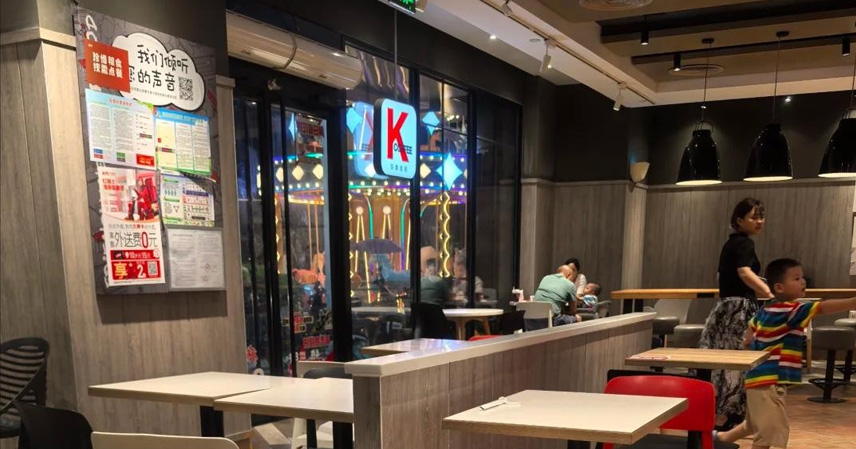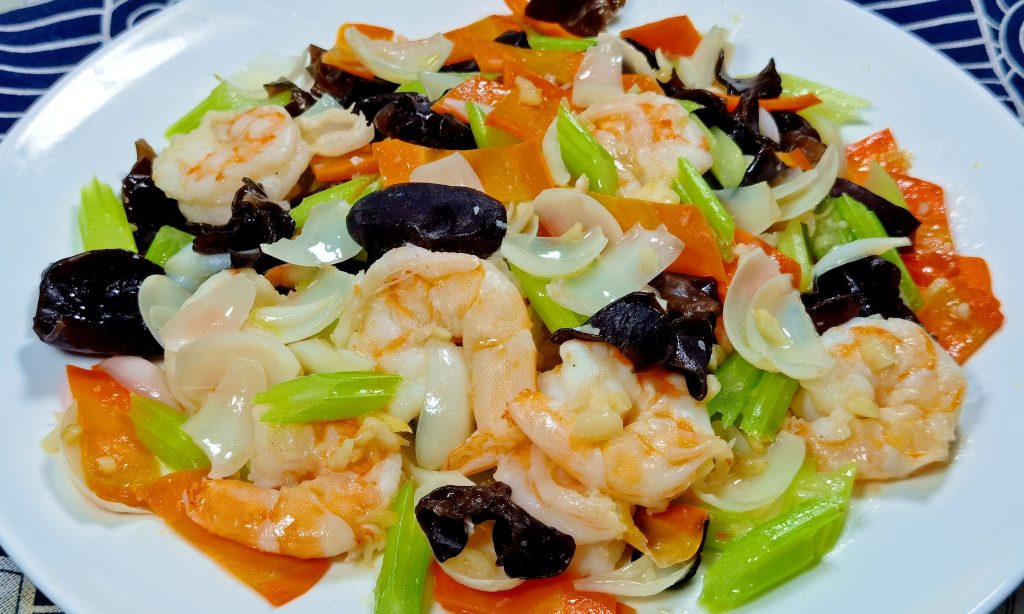A decades-old KFC outlet abruptly posted a “closing for business” notice, leaving loyal breakfast regulars in shock. As a global fast-food behemoth, how could it shutter so suddenly? Whispers of slumping sales or cutthroat pricing wars circulated, but the leasing manager spilled the truth: Rising rents proved the real breaking point. This tale uncovers the quiet desperation gripping eateries worldwide, where escalating overheads eclipse even fierce competition.
The KFC near my apartment had been a fixture since I moved in 15 years ago. By 6:45 a.m., it brimmed with harried parents grabbing kids’ meals and commuters fueling up on spicy chicken sandwiches or congee. The aroma wafted across the street, a daily ritual. My neighbor, a landlord, shared how her grandson devoured the fries weekly as a toddler; now in high school, he’s outgrown them—just as the store vanished.

Spotting the slowdown weeks earlier—empty tables, a skeleton crew—I wasn’t wholly surprised. Soon, a stark white sign appeared on the door: “Due to lease expiration, this location will cease operations on [date]. Thank you for your patronage.” The community chat exploded: “No more quick breakfasts!” and “How does a brand like KFC just quit?”
Curious, I messaged the local leasing contact I’d connected with during a property scout. Bluntly, he replied: “Rent hikes. The landlord demanded a steep increase at renewal, and KFC crunched the numbers—didn’t add up, so they bailed.” It hit home: Not faltering demand, but rising rents outpacing revenue, forcing even giants to fold.
He elaborated: Aggressive promos like “two burgers for $2.80” or discounted family buckets eroded margins further. Layer on refurb costs atop surging leases, and viability evaporated. If KFC balks, what hope for mom-and-pops?
This year, aspiring restaurateurs I’ve met hesitate, wallets in hand. A veteran Sichuan chef with 20 years under his belt scouted sites from urban cores to suburbs for months, eyeing expansion. Over dinner, he vented: “A street-facing spot runs $4,200 monthly. At $700 daily sales, after rent, ingredients, and staff, slim pickings remain. One off month, and it’s losses.”

Paradoxically, newcomers dive in blindly. Downstairs, a fresh grad poured $28,000 into a bubble tea shop on sheer passion, skipping market research. Three months in, sparse traffic and lofty rent prompted a “for lease” sign. Spotting her lost in thought amid expiring supplies tugged at heartstrings—she likely never grasped how rising rents crushed her margins before she could pivot.
The “cutthroat catering industry” narrative rings true, with hotpot, BBQ, and tea spots slashing prices—$1.40 vs. $1.25—to lure diners. Patrons cheer bargains, but operators’ profit margins thin to threads. A classic KFC spicy leg burger, once $3.20, now bundles two for $2.80; post-costs, earnings dwindle. Rising rents tip the scale to “loss-leading publicity.”
Online forums echo the plight: One user lamented a ground-floor diner cycling through three tenants yearly—a noodle joint felled by a $700 rent spike, a hotpot stall limping six months before folding, now a baozi stand on borrowed time. Another griped: “Landlords chase hikes regardless of tenant fate; prime spots bleed you dry.”
Starker still: While residential prices soften, commercial leases climb. Data shows key Chinese cities’ retail rents rose 3.2% year-over-year in H1 2025, with hotspots surging over 10%. Yet, eatery profit margins hover at 5-8%, funneling most gains to landlords. Sluggish sales? Eviction looms.
A gut-wrencher: A thriving five-year BBQ joint, nightly queues and all, faced a $5,600-to-$7,000 monthly jump. Pleas for moderation met “take it or leave it.” The owner transferred out, telling regulars: “Not quitting—rent won.”

Eateries embody the “sandwich squeeze”: Battling peers’ price undercuts and picky spenders on one flank, relentless landlord escalations on the other. A gust, and they crumble. This KFC exit, though isolated, spotlights systemic woes—when rising rents eclipse gains, titans retreat too.
As netizens nail it: “Not tough times for dining—sky-high rents. Not stubborn owners—vanishing viability.” Calls grow for rent caps, safeguarding street-level vibrancy over endless hikes. We crave affordable bites and bustling blocks, not barren storefronts.
Next time a familiar haunt hangs a “closed” sign, look beyond “bad business”—it may mask owners’ sleepless nights tallying ledgers, yielding to inevitable surrender. May such heartaches dwindle.
References
- South China Morning Post: Elevated Rents Hit Hong Kong Restaurants
- Reuters: China’s Restaurants in Deflation Economy
- European Business Magazine: Greater China Retail Trends 2025



